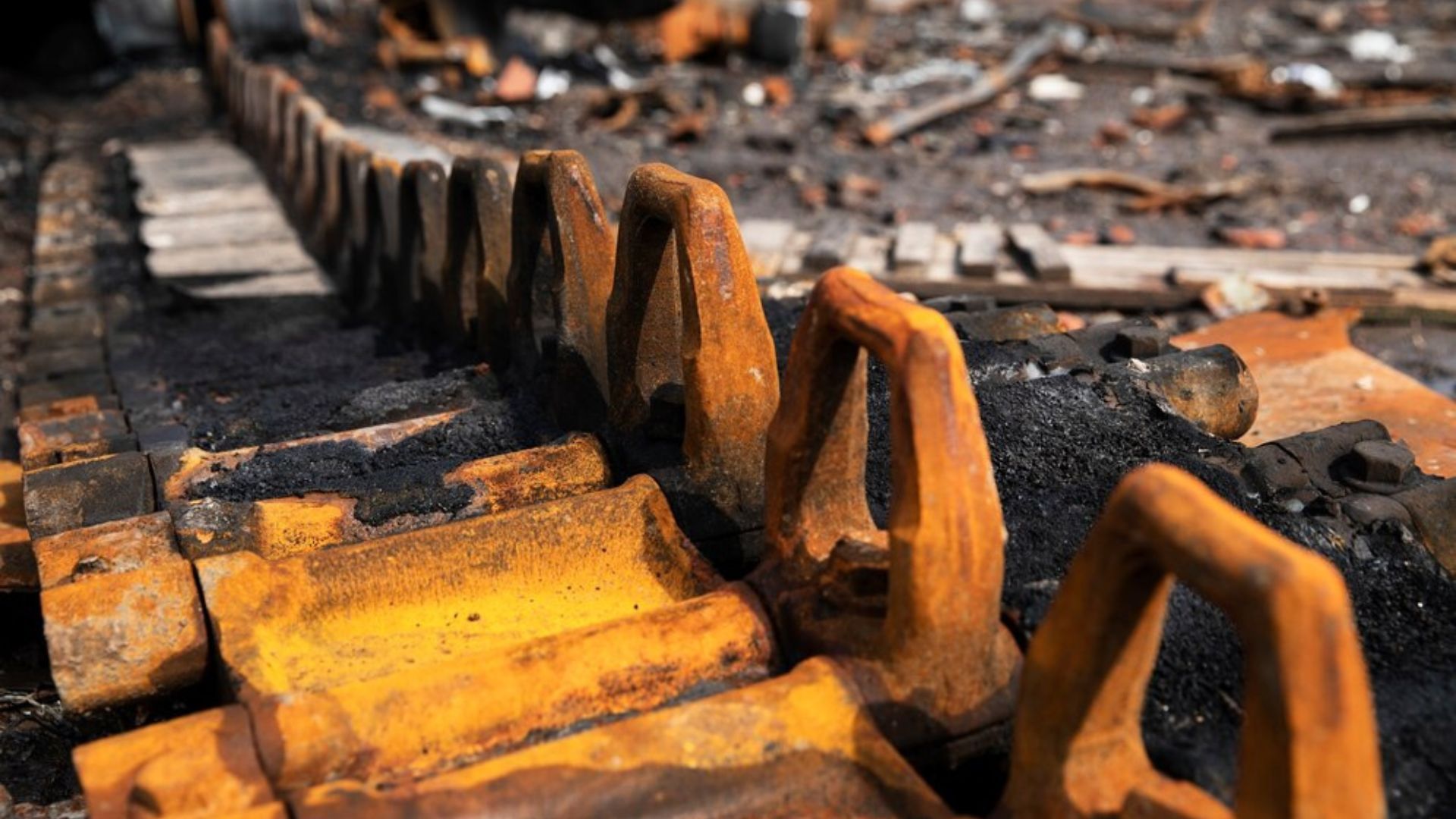Post Preview
Table of Contents:
- Introduction to Demolition in Heavy Industrial Projects
- Explosive Demolition Techniques
- Selective Demolition and Its Benefits
- Mechanical Demolition: Tools and Equipment
- Environmental Considerations in Demolition
- Safety Protocols in Industrial Demolition
- The Future of Demolition in Industrial Sectors
Introduction to Demolition in Heavy Industrial Projects
In heavy industry, progress often begins with tearing down the old to make way for the new. Whether decommissioning obsolete facilities or clearing space for expansion, demolition plays a foundational role in industrial transformation. The demolition phase in heavy industrial projects is a critical component that demands precision, expertise, and planning. Industrial demolition services are pivotal in this sector, ensuring the safe and efficient removal of outdated structures to pave the way for new developments. As industries evolve, demolition methods have become more sophisticated, addressing the technological advancements and heightened safety standards necessary for large-scale operations.
Explosive Demolition Techniques
Explosive demolition is one of the most dramatic and visually striking methods used in the sector. This technique involves carefully placing explosives to systematically and safely down large structures. The success of such demolitions requires an in-depth understanding of the building’s structure and precise calculations to control the direction and impact of the fall, reducing risks and minimizing damage to surrounding areas.
Selective Demolition and Its Benefits
Selective demolition is gaining popularity due to its environmentally friendly approach. Unlike traditional methods that involve tearing down entire structures, selective demolition focuses on dismantling specific parts, allowing for the recovery and recycling of materials. This method conserves resources and reduces waste, aligning with sustainable construction practices increasingly emphasized in industrial sectors.
Mechanical Demolition: Tools and Equipment
Mechanical demolition utilizes heavy machinery such as wrecking balls, excavators, and bulldozers to dismantle structures. This method is preferred for its efficiency in dealing with large volumes of material and substantial structures. The choice of equipment is influenced by the type of structure being demolished and the project’s specific requirements. Each piece of machinery contributes uniquely, ensuring the demolition process is completed within set timelines and safety parameters.
Environmental Considerations in Demolition
Project managers are increasingly concerned about the environmental footprint of demolition activities. The industry is seeing a shift towards practices that prioritize sustainability. Implementing strategies such as dust suppression, noise control, and material recycling helps mitigate environmental impacts and comply with regulatory standards. Effective demolition not only requires technical prowess but also an awareness of its broader ecological impact.
Safety Protocols in Industrial Demolition
Safety is non-negotiable in industrial demolition projects. Comprehensive safety protocols are established to protect workers, the public, and the environment. These protocols include extensive planning, employee training, risk assessments, and the use of personal protective equipment. Adherence to safety standards prevents accidents and enhances the project’s overall efficiency and success rate.
The Future of Demolition in Industrial Sectors
Looking ahead, the role of demolition in industrial projects will continue to evolve along with technological advancements. Innovations such as remote-controlled machinery and advanced simulation software are set to enhance precision and safety. The future promises a fusion of technology with sustainability, creating demolition processes that are both efficient and environmentally responsible. Staying ahead will require continuous adaptation, learning, and implementation of cutting-edge techniques to meet the dynamic needs of the industry.

